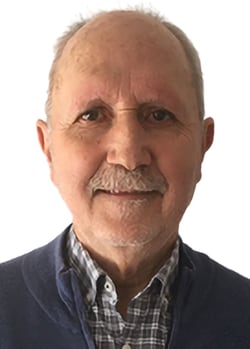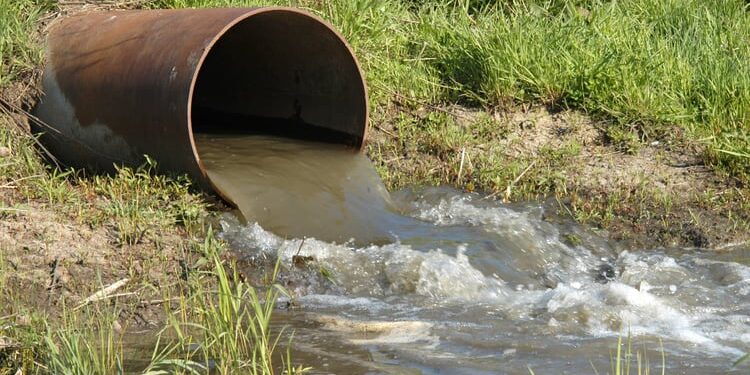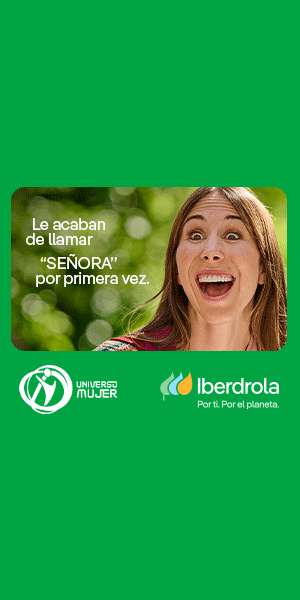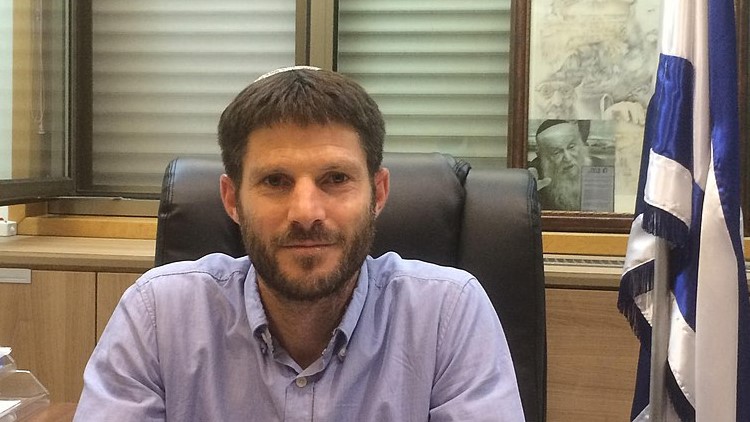Diffuse pollution of surface and groundwater is a problem that remains hidden in Spain and Europe. It has a cumulative effect, so that when the human population sees their lives altered by this “carelessness”, it has already led to several destructive processes in biodiversity. All of which occurs despite the fact that the EU enacted more than 20 years ago directives aimed at “Combating water pollution caused by agricultural nitrates”.
Carmelo Marcén Albero
A1993 directive – there was an earlier one in 1991 – obliged Member States to designate as vulnerable zones all areas whose runoff flows into waters that end up as nitrate soups and are therefore subject to high eutrophication (excessive algae content). These areas must be reviewed and, if necessary, take into account possible changes over the years. But not only: these potential risk explosions must have a specific, mandatory action program, drawn up after the collection of scientific data and assessing the possible environmental alterations of the affected area.
The elaboration of an intervention program involves a lot and, at the same time, it can come to nothing, be ineffective, and be forgotten. For this not to be the case, monthly sampling must be carried out in surface and ground waters sensitive to pollution, and an exhaustive monitoring program must be organized and included in the reports to be sent to Brussels in relation to the directives that protect the waters and the biodiversity they maintain. As well as the possible human populations affected. Because, it must be said, the codes of good agricultural and livestock farming practices are sometimes violated. Logically, this requires training and informing workers in the primary sector. I highlight all this because in March 2024 the European justice condemned Spain for “not preventing nitrate pollution due to agriculture and livestock”. It is embarrassing to know that eight Spanish autonomous communities have not sufficiently adopted the measures established by European regulations to fight against this water pollution. One fact: almost a quarter of the EU’s pig herd is reared in Spain.
But there is still more, so much so that it seems utopian to ensure that the waters of our rivers or aquifers are harmless. The Ministry of Health is very concerned, since as of 2022, the latest data we know, 170 municipalities exceed the figure of 50 milligrams per liter (mg/l) for water for human consumption. Agricultural tillage – hyper fertilization – and the growth of intensive livestock farming – often in macro farms that forget waste management plans – are behind the evils. The same happens in Germany, Denmark or the Netherlands, which together with Spain would form the “porkyland” of the EU. Today, we cannot ignore what is coming to us with the excuse that regional leaders tell us that the pig industry fixes the population in rural areas. We have to ask ourselves if this is the case and at what cost. Those who want more information can visit the “Interactive map of the disaster of the aquifers in Europe” in Datadista.
There are still more reasons for serious action by the administrations. What we have called diffuse contamination could be extended to the rest of the toxics carried by water. Also in Datadista we have access to the report Alerta PFAS: 70 años de engaños de la industria química que han llegado al grifo y a tu sangre (PFAS Alert: 70 years of deception by the chemical industry that have reached the tap and your blood), dated January 15. We do not want to be alarmist, but to report possible vital oversights/negligence of our governments and the industries involved. It reveals that PFASs (chemicals that are virtually eternal because of their long degradation time) are found in food packaging, clothing, makeup and non-stick cookware. These chemicals could be linked to several types of cancer, infertility and poor response to vaccines. Spain is now looking for them in people and in drinking water. According to the European Environment Agency (EEA), they can cause health problems such as liver damage, thyroid disease, obesity, fertility problems and cancer. Hidden pollution always emerges.
Diffuse pollution could be qualified as a consequence of the predatory exploitation of nature. The cult of the free market also has its limitations. Right now, against the negative omens of the second Trump era, we have to take a stand. We know that the most important resource is the belief in a future for our grandchildren not constantly threatened by predatory practices of eco-social values. This can be neither an unattainable utopia nor a useless delusion. In fact, it is worth remembering that in January 2023 the governments of Denmark, Germany, the Netherlands, Norway and Sweden submitted to the European Chemicals Agency (ECHA) a proposal to reduce emissions of PFAS into the environment and to make products and processes with these chemicals so safe that they do not jeopardize the future. For more information, please refer to the EU Environmental Infringements Interactive Maps.
All of the above is meant to be a call to sanity, a turning point to carry out a transition of Spain, together with the European Union, towards the improvement of the environment and its circumstances. We want to believe that all this disease has a cure. We reaffirm the latter when we think of the meaning of life as reflected in two famous phrases. The first was uttered by Ane Goodall: “What we do today affects future generations”. The second expresses Daniel Attenborough’s own tremendous simplicity and depth: “We cannot really threaten the Earth, for it will always survive. What we are threatening is our own survival”. In both, the emergence of diffuse risks of ecosocial scope, among which water pollution is not the only one, is clear.
NOTE: We have not discussed here other air pollution by various particles or noise. We will do so in a specific chapter. By the way, January 26 was marked on the world calendar as Environmental Education Day.
 Carmelo Marcén Albero
Carmelo Marcén Albero
Ecosocial researcher and analyst at Fundación Alternativas
Teacher and Doctor in Geography. He has been a teacher of Primary Education, Secondary Education and Teacher Training. Author of articles and research on environment and education collected in specialized journals such as Cuadernos de Pedagogía, Investigación en la Escuela or Aula de Innovación educativa.
National Prize “Education and Society” 1992 and 1993 for his didactic proposals about the river and the lived landscape. He has published several books on these subjects. Collaborating researcher of the Dept. of Geography of the University of Zaragoza and of the Fundación Alternativas of Madrid. He is a member of the Board of Ecodes (Fundación Ecología y Desarrollo).







